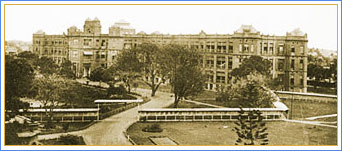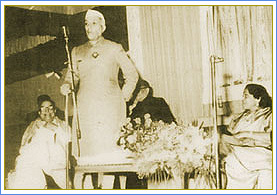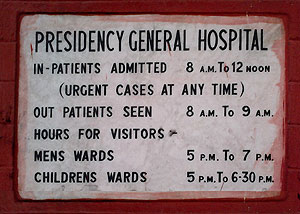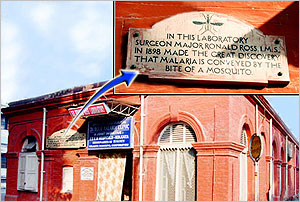Way back in 1707, the first hospital in Calcutta was built in the premises of the Old Fort at Gerstein Place. The Council of Fort William constructed this hospital. This hospital, initially built for the Europeans, was then known as Presidency Hospital. The hospital was accommodated in a single storied building. Later, in 1768, two houses were purchased in Lower Circular Road for converting them into a full fledged hospital. Located near the Presidency Jail, the hospital came to be known as Presidency General Hospital. Doors were opened to the non-European patients from 2nd April 1770. The Presidency General Hospital was best known as PG Hospital till 1954 when it was named in the Independent India, as Seth Sukhlal Karnani Memorial Hospital. The naming was done to commemorate the name of the great donor Sukhlal Karnani. People started addressing the Hospital as SSKM Hospital.



It was then a practice that the Indian medical graduates used to go abroad for studying post graduation and higher medical research. Government felt necessary of opening Post Graduate Medical Learning Centres. PG Hospital was honoured to be the first Post Graduate Medical Institute in Eastern India in 1957.
From 16th January 1957, the hospital came to be known as The Institute of Post Graduate Medical Education & Research (IPGMER). The institute was inaugurated by Pandit Jawahar Lal Nehru, the then Prime Minister of India, on 16th January, 1957. Since then the institute is best known as a Medical Learning Centre of Excellence and a Specialty Hospital, with the following objectives.
Today, the institution is best known for study of undergraduate, post graduate and post doctoral level medical courses, specialist medical degrees and diplomas, para medical courses, nursing courses in UG, PG and Under school level and is known as the Bethlehem of advanced medical research.

For long, IPGME&R remained solely a superspeciality referral hospital and post graduate medical institution. New landmark sections were added over the years, such as Respiratory Care Unit, The Bangur Institute of Neuroscience, The institute of Psychiatry, Institute of Cardiovascular Sciences. A nursing school in school level and a Nursing College for UG and PG level nursing courses were set up. UG Course on Physiotherapy and Para Medical courses were inducted. Later, UG level Medcial Courses were introduced in the academic curriculum. The institute in the present century turned into Multi Superspeciality hospital with induction of advanced neonatal department, Human Milk Bank, Genomics, Neuro Medicines and School of Digestive and Liver Diseases.